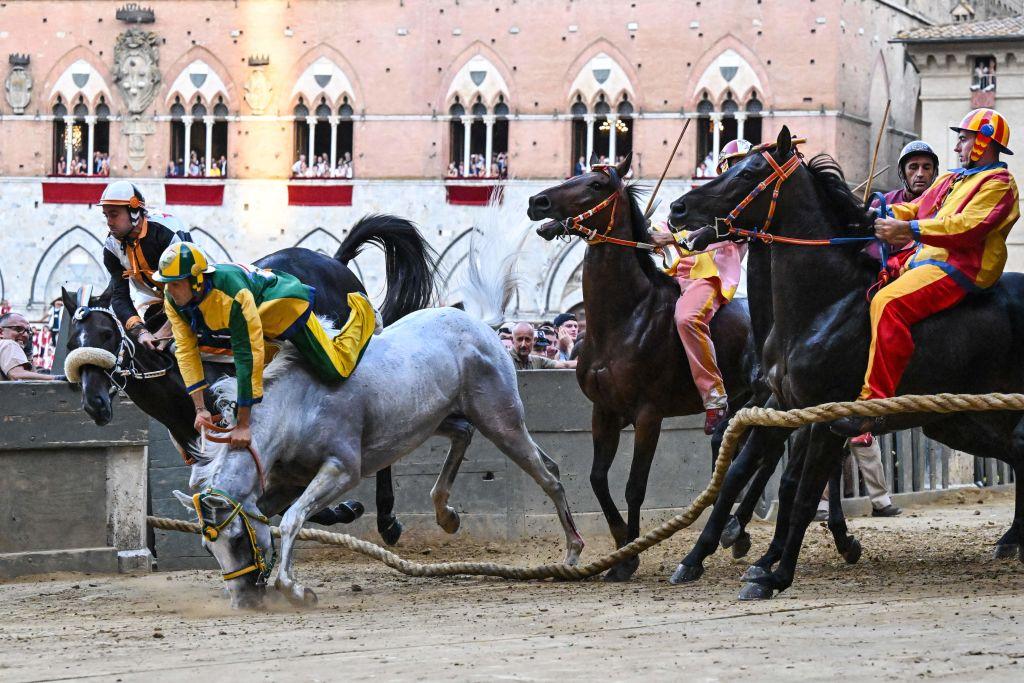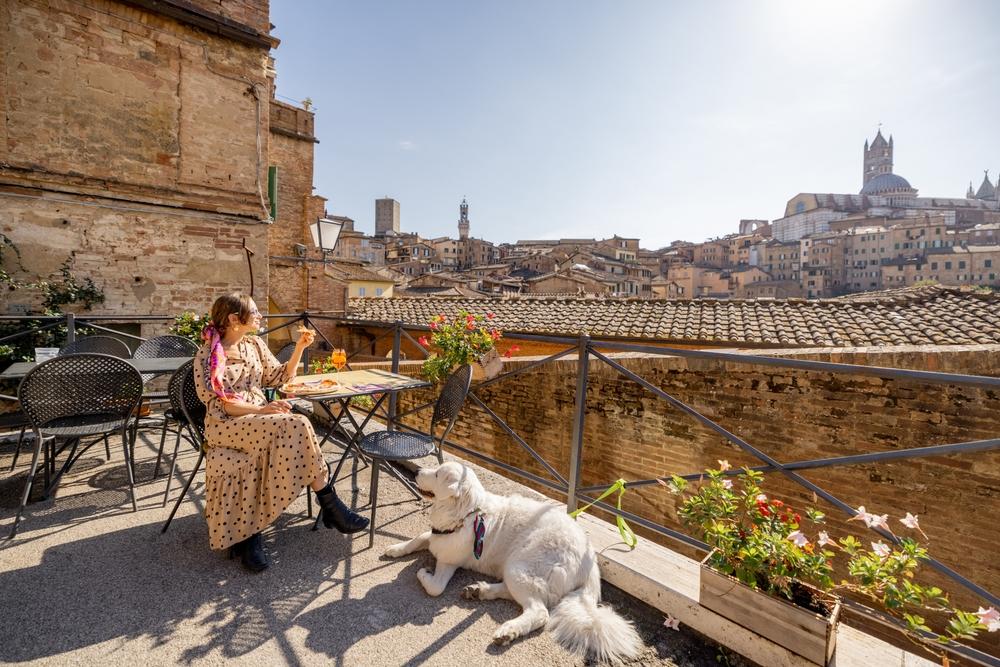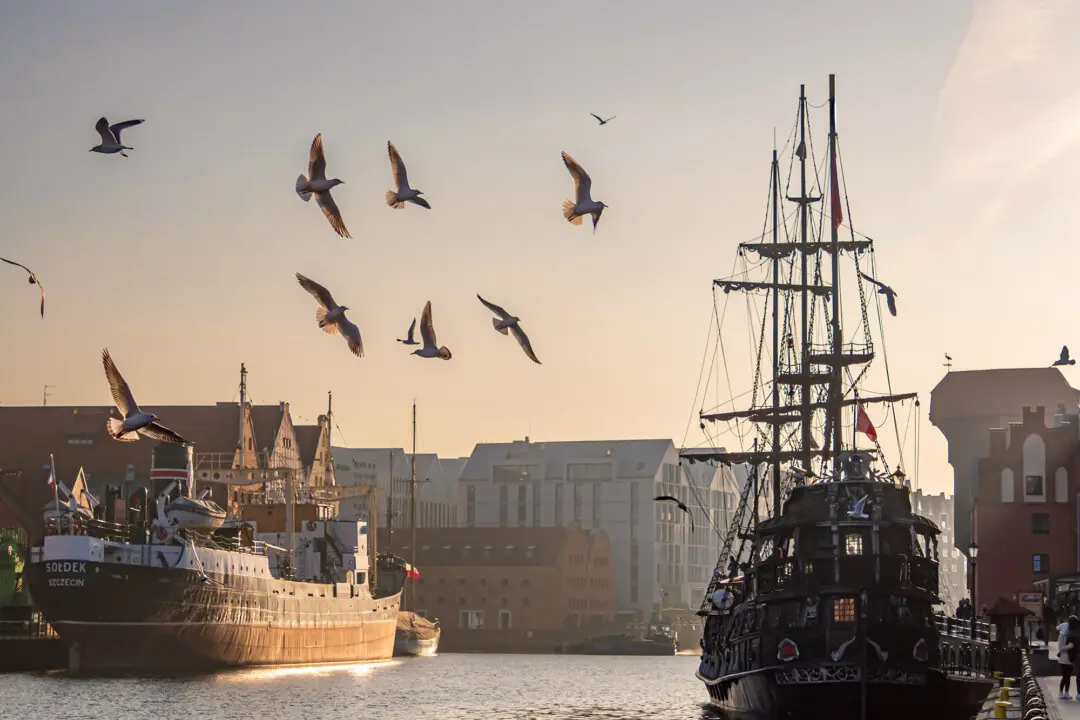Twice a year, the Piazza del Campo thunders. Normally a picturesque place and rather serene, the square is lined with tables where al fresco dinners end and diners tarry with their last drops of espresso, or limoncello. The irregular, shell-shaped, sloping oval of the square spreads out under medieval buttresses and Torre del Mangia, a clock tower that, when completed in 1348, was one of the tallest non-church towers in Italy. Stepping out from the labyrinth of lanes leading up to it—11 separate, shaded streets feed into the square—feels like taking a trip back to the Middle Ages.

Italian jockey Stefano Piras (2nd L), who races for the "Bruco" district, falls during a false start of his horse, Uragano Rosso, during the historic Italian horse race Palio di Siena on July 2, 2022, in Siena, Tuscany. ALBERTO PIZZOLI/AFP via Getty Images





